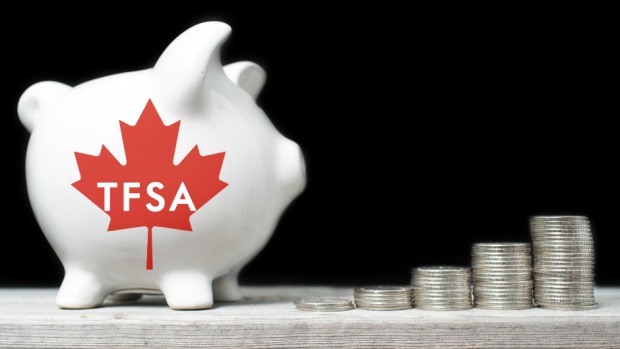Mar 9, 2018
Personal Investor: How to fit your house into your TFSA
By Dale Jackson

Long before the tax-free savings account, there was the principal residence exemption – the grand-daddy of tax-free savings.
Like a TFSA, capital gains made on the sale of your principal residence is tax free. In comparison, half of any gains on a stock sold outside a registered account are taxed, and any gain in a registered retirement savings plan (RRSP) is fully taxed when withdrawn.
You really can’t avoid being taxed on your RRSP but you can save big tax dollars by planning ahead and keeping RRSP withdrawals in the smallest tax brackets, and topping your income off with the two tax-free alternatives.
Contribution limits make the TFSA less effective in retirement, and that’s where tax-free cash generated from your house can get you where you need to be.
How to use the principal residence exemption in retirement depends on the individual situation. Homeowners who sell and become renters can pocket the entire amount without tax implications. Those who move to less expensive houses in retirement can simply pocket the difference tax free. Even those who want to stay in their homes can borrow from a home equity line of credit for tax-free income.
If you’ve drained part or all of your TFSA by the time you sell your house, that cash can even be invested using whatever contribution room has opened up.
Tax planning, and determining if your home is a principal residence can get complicated. I might be best to run your tax-free plan by a specialist.








